Aluminum Die Casting Manufacturer | YZDIECASTING
Magnesium Die Cating Manufacturer | YZDIECASTING
Casting is one of the oldest manufacturing processes known to humanity. It involves pouring molten metal into a mold and allowing it to solidify into the desired shape. Over the years, various casting methods have been developed, each with its own advantages and disadvantages. High Pressure Die Casting (HPDC) is one such method that has gained popularity due to its ability to produce complex parts quickly and accurately. In this article, we will compare HPDC with other casting processes and explore its advantages and disadvantages.
Comparison with other casting processes:
- Sand Casting:
Sand casting is one of the most widely used casting methods, mainly due to its low cost and ability to produce large parts. However, sand casting has several limitations, including low dimensional accuracy and surface finish, which makes it unsuitable for applications where tight tolerances are required. HPDC, on the other hand, produces parts with high dimensional accuracy and excellent surface finish, making it ideal for use in the automotive, aerospace, and medical industries.
- Investment Casting:
Investment casting, also known as lost wax casting, is a process that involves making a wax pattern, coating it with a ceramic shell, and then melting the wax to leave a cavity that is filled with molten metal. Investment casting is ideal for producing small, intricate parts, but it is relatively expensive and time-consuming. HPDC, on the other hand, is a faster and more cost-effective process for producing similar parts, making it a better choice for applications where speed and cost are important factors.
- Permanent Mold Casting:
Permanent mold casting, also known as gravity die casting, is a process that involves pouring molten metal into a mold and allowing it to solidify. Unlike sand casting, permanent mold casting produces parts with good dimensional accuracy and surface finish. However, it is limited in terms of the complexity of parts that can be produced. HPDC, on the other hand, can produce highly complex parts with tight tolerances and excellent surface finish, making it a better choice for applications that require high precision.
Advantages of High Pressure Die Casting:
- High Productivity:
HPDC is a highly automated process that can produce hundreds of parts per hour. This makes it ideal for high volume production runs where speed and efficiency are important.
- High Dimensional Accuracy:
HPDC produces parts with high dimensional accuracy, typically within +/- 0.02mm. This makes it ideal for applications where tight tolerances are required.
- Excellent Surface Finish:
HPDC produces parts with excellent surface finish, typically within 1.6-3.2 microns Ra. This makes it ideal for applications where a high-quality surface finish is important.
- Wide Range of Materials:
HPDC can be used to cast a wide range of materials, including aluminum, zinc, magnesium, and copper alloys. This makes it a versatile process that can be used in a variety of industries.
Disadvantages of High Pressure Die Casting:
- High Initial Cost:
HPDC requires expensive tooling and equipment, which can make it cost-prohibitive for small-scale production runs.
- Limited Part Size:
HPDC is typically limited to parts weighing less than 10kg, making it unsuitable for producing larger parts.
- Limited Complexity:
Although HPDC can produce highly complex parts, there are limits to the level of complexity that can be achieved. This is due to the limitations of the mold design and the flow of molten metal.
